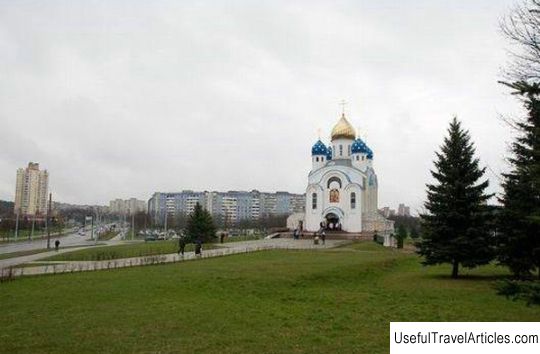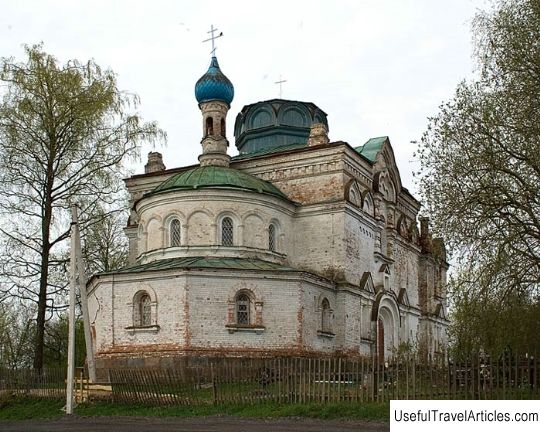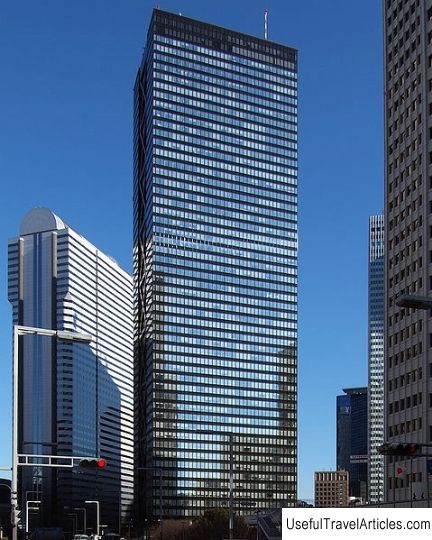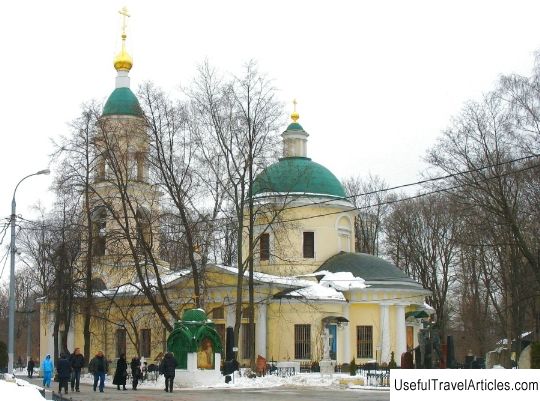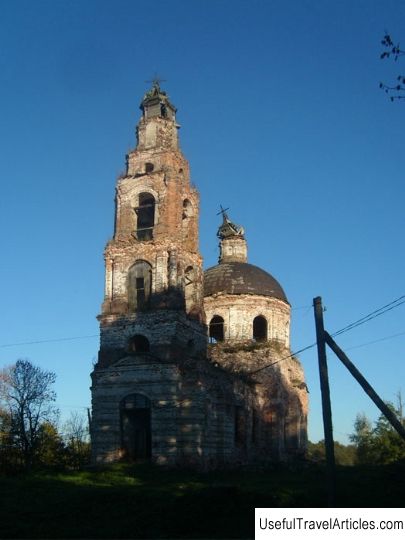Church of the Resurrection in the village of Pustovoe Resurrection description and photo - Russia - North-West: Pskov Region
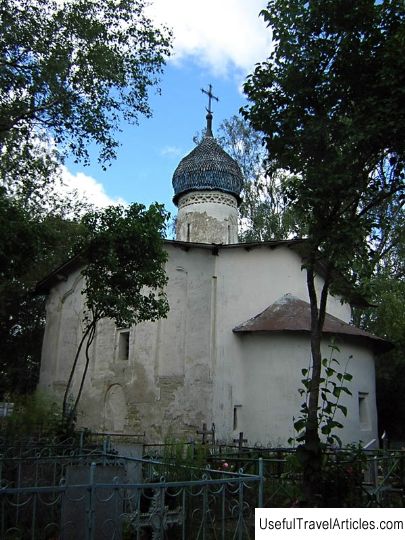
Church of the Resurrection in the village of Pustovoe Resurrection description and photo - Russia - Northwest: Pskov Region. Detailed information about the attraction. Description, photos and a map showing the nearest significant objects. Photo and descriptionThe Church of the Resurrection of Christ or the Church of the Empty Resurrection is located in a village called Empty Sunday in the Skadinsky volost of the Pytalovsky district. The construction of the church took place in 1496. Initially, the temple had an eight-slope roof, it was later replaced with a four-slope one. The previously existing form of the coating was restored in the course of restoration work; the church walls were plastered. There is a cemetery at the Church of the Resurrection of Christ. The construction of the temple is closely related to the name of Theodoret. According to an old legend, the church was destroyed by the Polish troops of King Stefan Batory. After the destruction, the temple was rebuilt for the feast of the Resurrection of the Lord, in honor of which it was consecrated. A legend has reached our time which explains the second name of the temple. In ancient times, not a single person knew about the existence of this temple, because the surrounding area was completely covered with impenetrable forests. It so happened that someone's horses got lost in the forest, to which tin cans were tied as a bell. For a long time they could not find the horses, but at some time there was a noise from the raspers. As soon as people went to the sound, they immediately saw the lost horses that were standing in the interior of the unknown church. The temple was completely empty, after which its rebirth began. At the moment, the temple is located on the very outskirts of the village, namely the churchyard, not far from a large pond. As for the compositional scheme, the temple is represented by a one-apse and pillarless, whose quadrangle is covered by a system of two-stage arches or vaults with a slight rise towards the light drum. The arches themselves are thrown from the north to the south and are connected at the top with the help of stepped arches, which are thrown from the east to the west directly to the base of the drum, made in the form of a sailboat. The temple altar is deep in plan, and is twice as high as the quadrangle itself. In the interior design, there are a lot of voices, which are located in the tympans of the arched vaults, as well as in the altar and in the sails of the light drum. The decorative design of the facades is done quite traditionally: the division by the blades is made in three parts into the spindle, and each spindle ends in the Pskov style, namely, the extreme spans are completed with two-blade arches, and the middle ones have a three-blade completion. On the east side, the church facade is smooth. The southern, western and northern facades are separated by blades and do not reach the ground, but end directly above the portals. The foundations of the church facades are smooth. The light drum is completely made of stone up to the very top of the "brows" located above the window receptions. In the upper part, it is faced with a wooden frame for nail fastening of the church ceramic belt, which is equipped with rollers framing it, not only in the upper part, but also in the lower one. The rollers themselves, as well as the letters of the inscription, are completely covered with green paint, while the background is made red and not irrigated. Not only the interior, but also the exterior of the architectural monument has originally made limestone coating. There is no wall painting in the Church of the Resurrection of Christ. The church iconostasis has not survived until modern times. The church was erected using a local limestone slab. In the middle of the 18th century, when the church was discovered in a shady forest, some reconstruction was carried out, which slightly changed the original appearance of the temple. First of all, a new doorway was breached on the south side of the temple. Instead of the lost vault, a flat reel device was placed in a light drum. Simple restoration work was carried out in the church with the support of the Pskov SNRPM throughout 1963. In the course of the work, the stone structures of the old eight-pitched roof were restored. The rafter system has also been updated with gutters in all corners. The work carried out did not affect the interior of the architectural monument in any way, everything has been preserved in its original form.  We also recommend reading Pele Museum description and photo - Ukraine: Lugansk Topic: Church of the Resurrection in the village of Pustovoe Resurrection description and photo - Russia - North-West: Pskov Region. |
